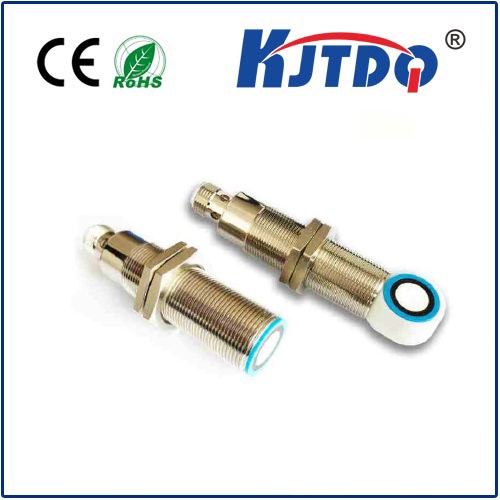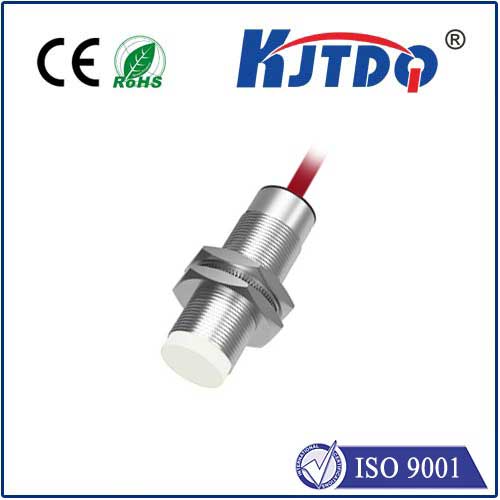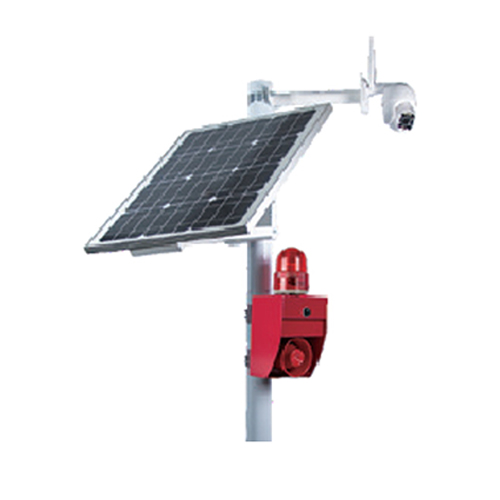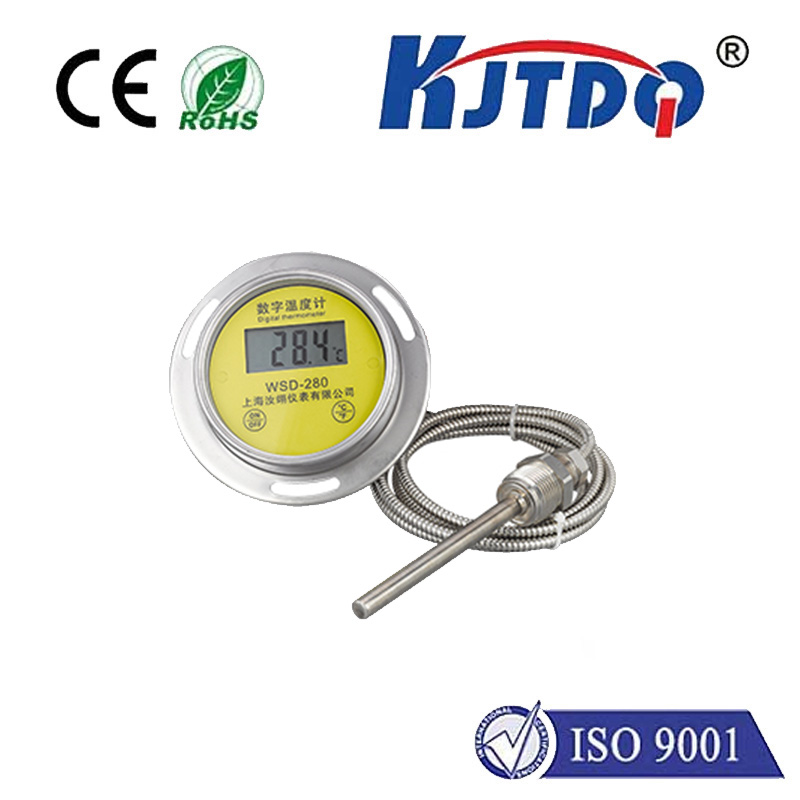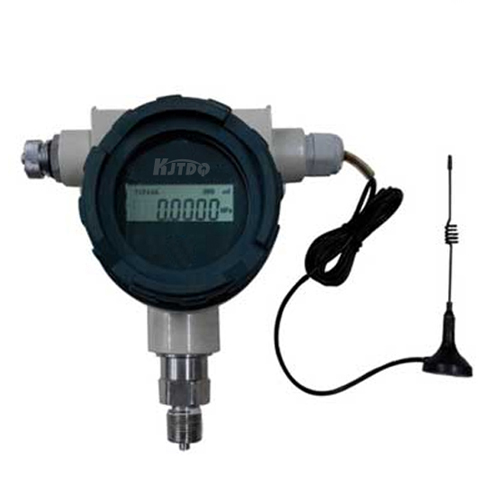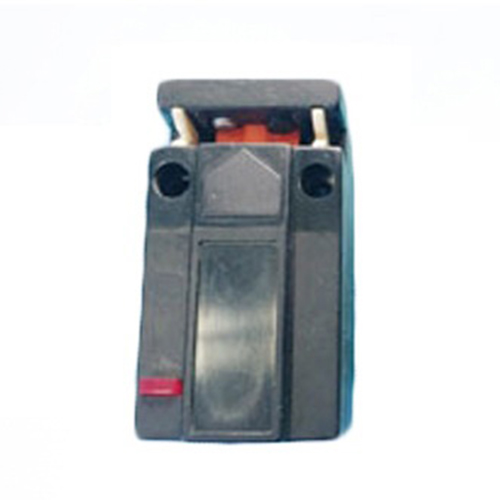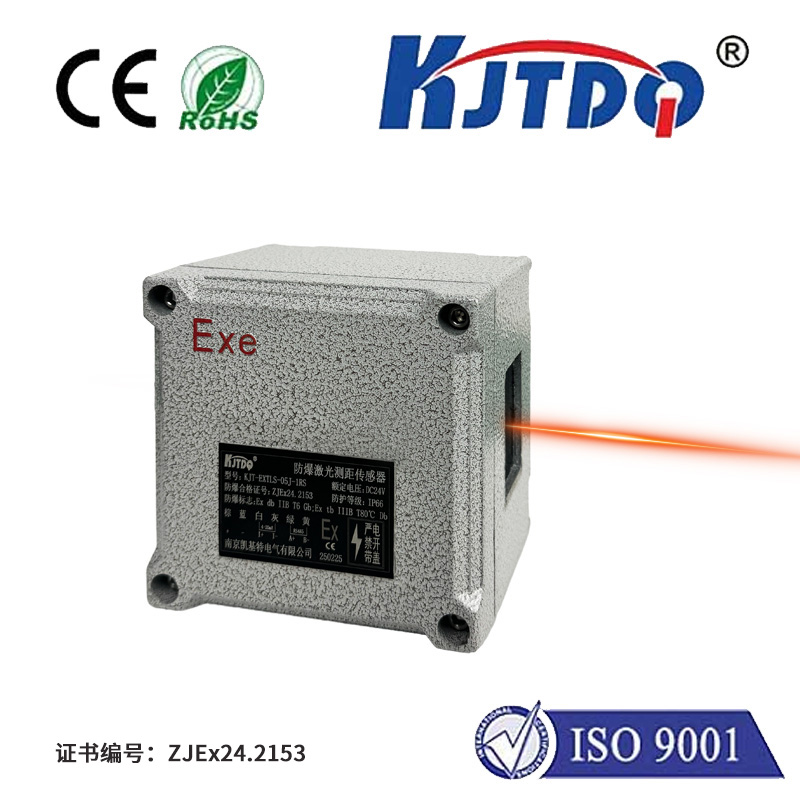In the intricate dance of automation, countless components work silently, ensuring efficiency and safety. Among them, proximity sensors act as the watchful eyes, detecting the presence or absence of objects without physical contact. While the “normally open” (NO) configuration often takes the spotlight, its counterpart – the normally closed (NC) proximity sensor – plays an equally vital, often critical, role, particularly when safety is paramount. This article demystifies the NC proximity sensor, exploring its unique operation, advantages, and essential applications.
Demystifying the “Normally Closed” Principle
At its core, the defining characteristic of a normally closed proximity sensor lies in its default electrical state when no target object is present within its sensing range. Unlike a normally open sensor which acts like an open switch by default, an NC proximity sensor behaves like a closed switch when idle.
Here’s the breakdown:
This “closed when idle, open when active” behavior is the inverse of the more common normally open sensor. Remember: “Closed” refers to the electrical circuit path, not the physical state of the sensor itself.
How It Works: Sensing the Invisible
Most inductive proximity sensors (detecting metal targets) and capacitive proximity sensors (detecting various materials, including non-metals) can be configured as either NO or NC. The fundamental sensing technology (using electromagnetic fields or changes in capacitance) remains the same; the difference is purely in the output switching logic built into the sensor’s electronics.

The sensor constantly monitors its field. When a target disrupts this field sufficiently:
The Critical Advantage: Fail-Safe Operation
Why choose a normally closed proximity sensor? The primary reason boils down to safety and reliability.
Failure Detection: Imagine a sensor wire gets cut or the sensor loses power. With an NO sensor, the control system would still see an “open” circuit, which is the inactive state. It might falsely assume no target is present when there actually is one, or simply fail to detect a problem. An NC proximity sensor, however, behaves differently in failure scenarios:
Wire Break/Power Loss: The circuit becomes naturally open. Since the active state for an NC sensor is “open,” the control system interprets this as if the sensor has detected a target. This triggers an alarm or safety routine.
Sensor Malfunction (Stuck Closed): While less common, if the output circuit physically fails stuck closed, the system would never detect activation. However, wire breaks and power loss are statistically more common failure modes.
Inherent Fail-Safe: This design means that the most probable failures (loss of power or wire break) cause the system to register the “active” or “detected” state. In safety-critical applications, it’s far safer for the system to assume a dangerous condition exists (and shut down or alert) than to falsely assume it is safe.
Key Applications Where NC Sensors Shine
The fail-safe nature of normally closed proximity sensors makes them indispensable in scenarios where human safety, equipment protection, or preventing catastrophic failure is priority number one:
Integration Considerations
When implementing normally closed proximity sensors, keep these points in mind:
The Silent Guardian
The normally closed proximity sensor may operate on an inverse principle, but its value is direct and profound. By prioritizing safety through intentional design, where common failures trigger the alarm state, NC sensors provide a crucial layer of protection in automated systems. Whether guarding personnel at a machine, preventing catastrophic over-travel, or securing a perimeter, these unsung sentinels ensure that when things go wrong, the system defaults to the safest possible state. Understanding their unique operation and critical fail-safe advantage is key to designing robust, reliable, and most importantly, safe automation and control systems.
